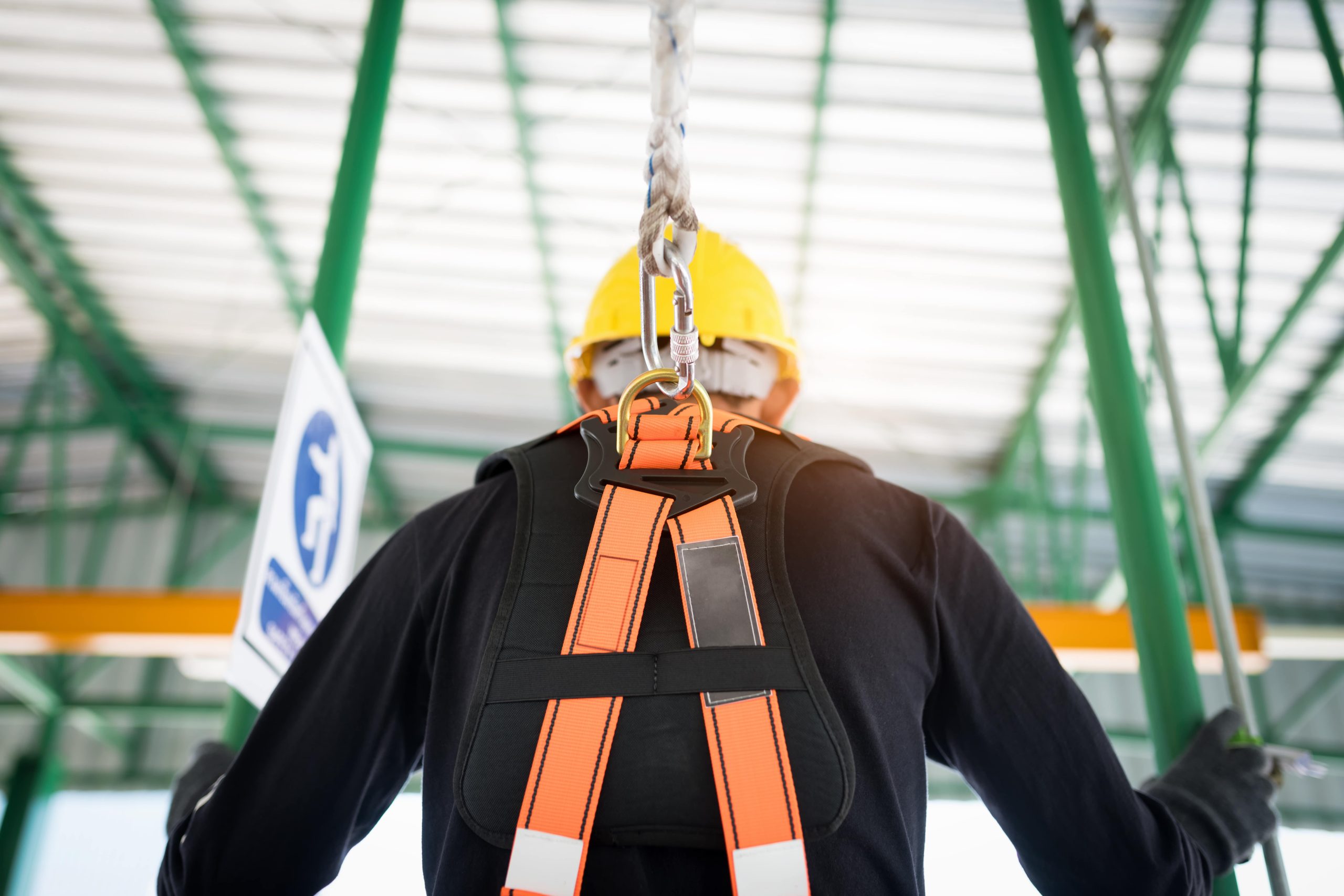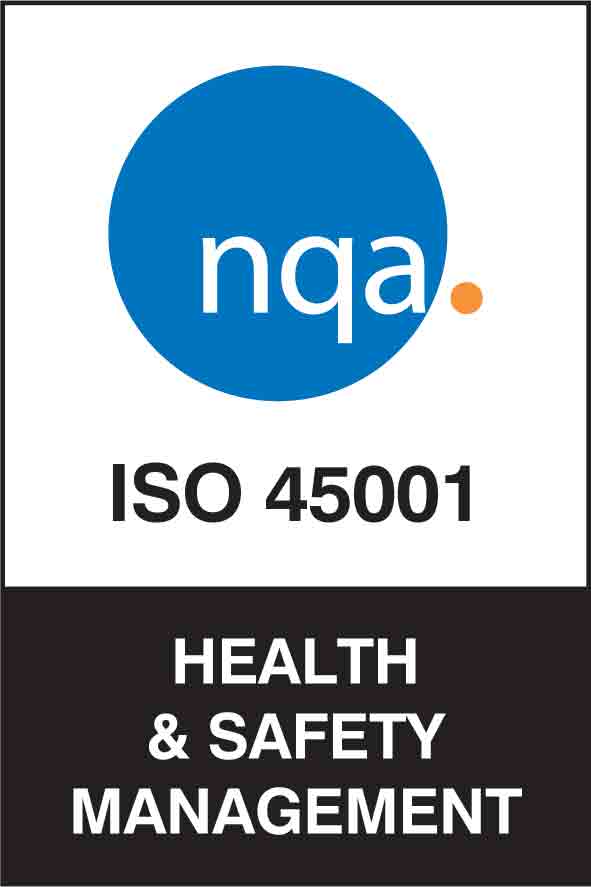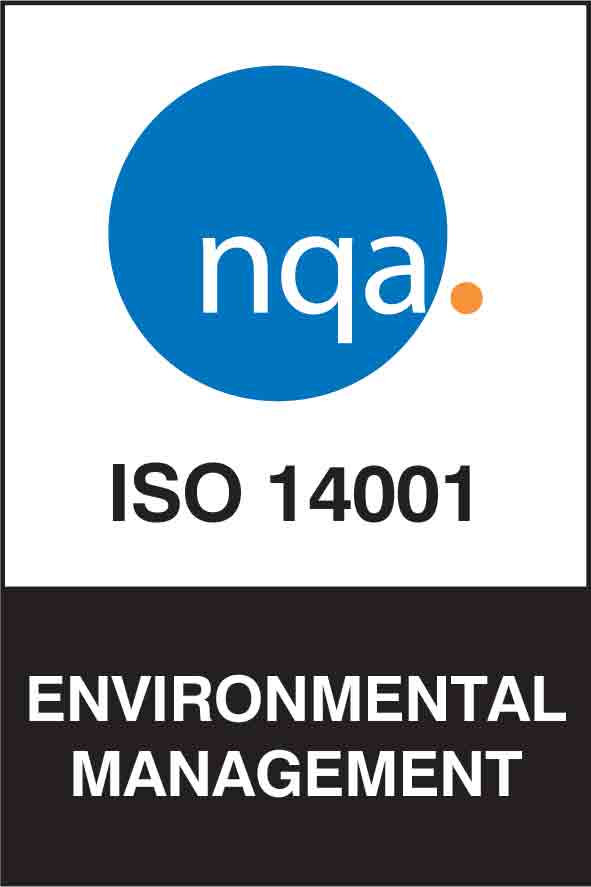BLOG
Fewer lives lost | Key takeaways from the HSE’s 2024/25 fatal injury statistics
Written on 3 July 2025

The Health and Safety Executive (HSE) has published its provisional fatal injury statistics for 2024/25, revealing a welcome decline in workplace deaths. Between April 2024 and March 2025, 124 workers tragically lost their lives due to work-related accidents – a drop from 138 the previous year.
Long-term progress, but a recent plateau
The latest data continues a historic downward trend in fatal injuries. Compared to the 495 work-related deaths recorded in 1981, this year’s total of 124 represents a significant long-term improvement – with nearly four times fewer lives lost. Total fatalities have also declined over the past decade, from 142 in 2015.
The fatal injury rate, which adjusts for changes in employment levels, has similarly decreased from 2.1 deaths per 100,000 workers in 1981 and 0.42 in 2023/24 to 0.37 in 2024/25 – one of the lowest rates on record. However, despite overall progress, the rate has remained broadly flat over the last decade (excluding pandemic-affected years).
Nick Wilson, Director of Health & Safety Services at WorkNest, says: “It’s positive to see the overall fatality rate continuing to fall. That said, every loss carries a devastating human impact, and many – if not most – of these fatalities are avoidable. To make further progress, employers must be proactive: implementing effective risk management systems, investing in training, and fostering a culture of accountability where everyone understands their role in preventing accidents.”
Do you need support?
Speak to us for an honest, no obligation chat on:
0345 226 8393 Lines are open 9am – 5pm
Sector breakdown
Some sectors continue to be disproportionately affected. The industries with the highest number of deaths in 2024/25 were:
- Construction: 35 fatalities (down from 51 in 2023/24)
- Agriculture, forestry and fishing: 23 fatalities (no change)
- Transportation and storage: 15 fatalities (up from 11)
- Administrative and support services: 13 fatalities (up from 12)
- Wholesale, retail, motor repair; accommodation and food: 12 fatalities (up from 9)
- Manufacturing: 11 fatalities (down from 16)
- Waste and recycling: 3 fatalities (down from 4)
- Other industries: 12 fatalities (no change)
Taken together, construction and agriculture account for just under half of all worker deaths in 2024/25, reinforcing their status as high-risk sectors. However, agriculture has by far the highest fatal injury rate at 8.01 deaths per 100,000 workers, making it the most dangerous sector by a considerable margin. Waste and recycling follows with a rate of 2.76 per 100,000 workers, despite having a smaller number of total deaths.
It’s also worth noting that deaths in manufacturing have dropped this year, moving the sector from the top three for fatalities last year down to sixth place in 2024/25. This shows that improvements can happen even in traditionally hazardous industries.
Nick comments: “Some sectors have seen improvements in fatality numbers this year, while others have unfortunately reported increases. The significant drop in construction fatalities (of 16) largely accounts for the overall year-on-year reduction in deaths (of 14), demonstrating that focused safety efforts can be effective.
He continues: “Clearly, these are sectors with high-risk activities, often involving heavy machinery, vehicles, work at height, or challenging environments. But risk isn’t an excuse – it’s a call to action. Continued vigilance and targeted, sector-specific interventions are essential if we want to protect workers and drive further progress.”
Leading causes
In 2024/25, three types of accidents accounted for 60% of all fatal injuries to workers:
- Falls from height – 35 fatalities (down from 50 in 2023/24)
- Struck by a moving object – 18 fatalities (up from 20)
- Struck by a moving vehicle – 14 fatalities (down from 25)
Falls from height – the leading cause of work-related fatal injuries in nearly every year since 2001/02 – continue to account for the largest share of workplace deaths, making up 28% of all fatalities. However, this year has seen a notable reduction compared to the previous year. Deaths involving moving vehicles have also decreased significantly, while deaths caused by moving objects have seen a slight rise.
Other causes include:
- Trapped by something collapsing or overturning – 17 fatalities (up from 15)
- Contact with moving machinery – 13 fatalities (up from 8)
Nick says: “Falls from height and vehicle-related incidents are key priorities for the HSE, so the reduction in these areas is encouraging. However, the rise in deaths attributed to other causes reminds us that some risks aren’t being managed effectively. Every sector must continually improve safety practices, with rigorous assessments and training tailored to these hazards. Prevention is possible when safety is embedded into everyday work.”

Other key takeaways
- Older workers face greater risks: The rate of fatal injury increases significantly with age. Workers aged 60 to 64 have a fatal injury rate roughly twice the all-ages average (0.76 compared to 0.4), while those aged 65 and over experience a rate around four times higher (1.64). This highlights the importance of tailored safety measures to protect older workers.
- Male workers continue to be disproportionately affected: In 2024/25, 118 (95%) of all worker fatalities were male, consistent with trends from previous years. This reflects the concentration of men in higher-risk industries and roles.
- Self-employed workers face higher risks across all sectors: Fatal injury rates for self-employed individuals are notably higher than for employees. For example, in agriculture, the fatal injury rate for self-employed workers is 11.72 per 100,000 compared to 5.86 for employees. Across all industries, the self-employed rate stands at 1.0 versus 0.3 for employees. This higher risk is often linked to factors such as lack of proper induction, less awareness of workplace hazards, and limited access to training and support.
- Deaths to members of the public continue to creep up: 92 members of the public died as a result of work-related incidents in 2024/25, up from 87 in 2023/24 and 73 in 2022/23. Employers must remember their legal duty to protect not only their workers but also members of the public who may be affected by their operations.
- Great Britain remains one of the safest places to work: Despite these challenges, GB continues to maintain one of the lowest fatal injury rates internationally, reflecting ongoing commitment to improving workplace safety.
Not a time for complacency
Nick concludes: “We’re seeing real improvement, which is a credit to the dedication of safety professionals and employers across the country. But this year’s drop in fatal injuries is just a step in the right direction – not a signal to become complacent. Employers must remember that failure to manage risks effectively can lead to serious consequences, including prosecution and reputational damage. Now is the time to ask: where are the remaining gaps? What more can we do to tackle risk, especially in the sectors and situations that consistently appear in these statistics?
“Sustained progress depends on ongoing commitment from employers, stronger safety leadership, and sensible, proportionate approaches to managing risk. The message is clear: progress is possible, but prevention must remain at the very top of the agenda.”
Related Content
Protect your people and your business with WorkNest
A serious health and safety incident is every employer’s worst nightmare, but if you’re not an expert, it can all too easy to miss the mark. This puts your people at risk and leaves your business exposed to fines, prosecution and reputational damage.
From dedicated consultant support and annual audits to simple risk management software, our fixed-fee service provides all the advice, guidance and tools you need to protect your people from harm and prevent your organisation from falling foul of the law, enabling you to operate with complete peace of mind.
To discuss your specific needs and find out how WorkNest can help you to simplify health and safety management, call 0345 226 8393 or request your free consultation using the button below.









